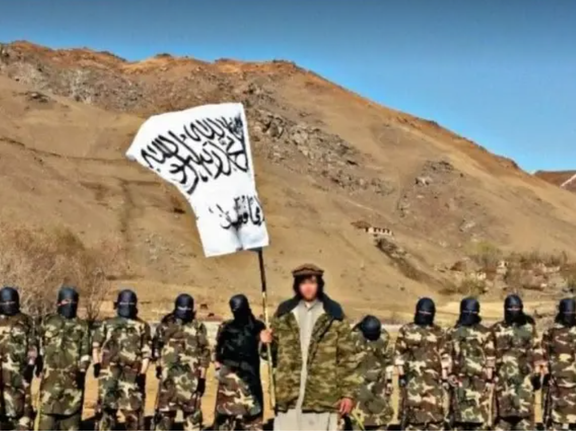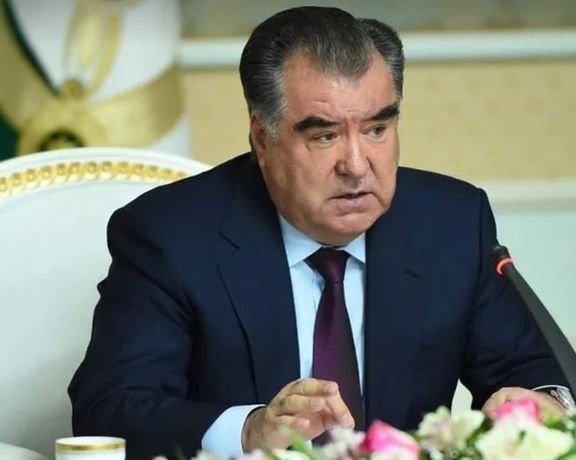Some of the Twitter users called the Taliban a “terrorist” group and said that this group deprived Afghans of their freedom, so the group's accounts should be banned.
Chris Blackburn, a British political analyst joined this campaign, and on his twitter handle, wrote, “I'm not from #Afghanistan, but I know that the majority of us don't want to live life under the #Taliban or anything similar."
He added that under the Taliban’s regime, Afghans are not allowed to listen to music, girls aren’t allowed to go to school and women can’t work. Blackburn called on everyone to join this campaign and called on twitter to ban this group’s accounts.
Habib Khan, an Afghan activist, said that the Taliban uses Twitter to show international community that this group has changed. He called the Taliban a terrorist group and added that this group uses Twitter for their propaganda.
Heela Najib, daughter of the former president of Afghanistan who had been executed by the Taliban during their first reign of power, wrote, “I believe in #FreedomOfSpeech, but those who suffocate expression of thought, speech, take away freedom of choice and use violence to silence conscious of human beings should not be given access to social media."
A wide range of people, foreign countries’ citizens, some of the Pashtun Tahafuz Movement members and a number of people who survived Taliban’s attacks, participated in this campaign.
Omar Farooq, a survivor of the Taliban’s attack on their university, as he claims, said, “I demand Twitter to ban Taliban affiliated accounts."
Zala Zazai, a woman police officer in the former Afghan government, said, “I ask Twitter to shut down the voice of the Taliban terrorist group. The activity of the Taliban on Twitter means supporting terrorism. Please do not support terrorist networks."
This campaign had started on Wednesday, July 20, when Meta Inc. banned all the pages of Taliban’s affiliated media, RTA and Bakhtar News agency on Facebook and Instagram.
Ahmadullah Wasqi, Taliban’s head of Radio Television of Afghanistan (RTA), described RTA as the voice of the nation and media of people and said that suspending this media organisation's page is against all media principles and freedom of speech.
However, Meta Inc. told Afghanistan International that closing pages affiliated to the Taliban on Facebook and Instagram was because the Taliban is a sanctioned terrorist group according to the law of the United States.
This firm said that based on their policy about dangerous organizations, they will ban all pages affiliated with Taliban.






